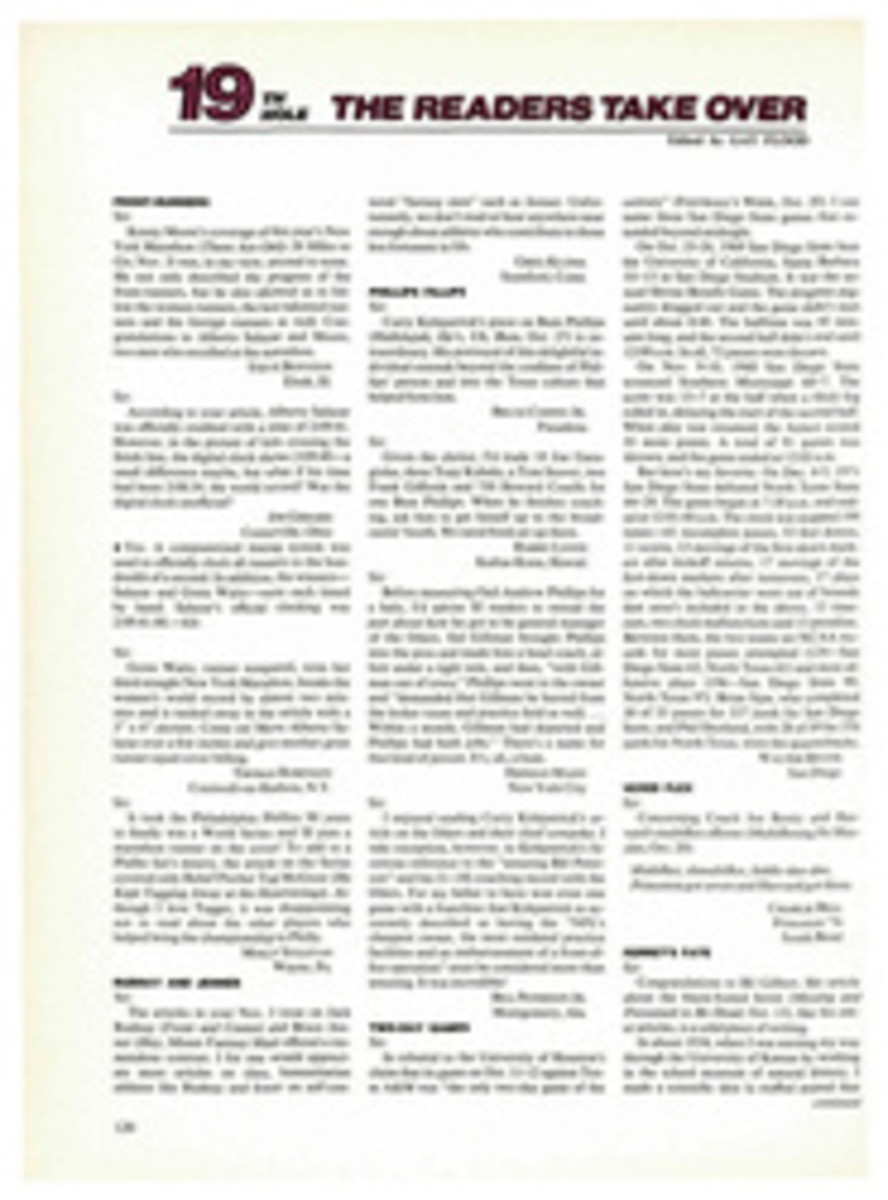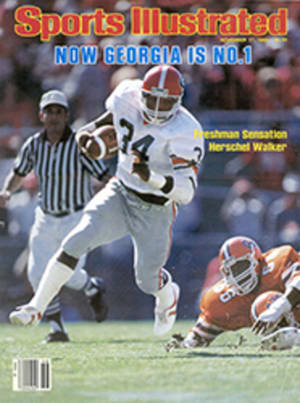
A CALM, OBJECTIVE VOICE SPEAKS OUT ON THE VOLATILE SUBJECT OF HUNTING
John G. Mitchell's The Hunt (Knopf, $11.95) is a thorough, sensible and dispassionate discussion of a subject—hunting—that tends to leave a great many people foaming at the mouth. Its author is a specialist on environmental questions, but readers looking for a knee-jerk condemnation of hunting are going to be disappointed; Mitchell understands that his subject is far too complex to yield easy judgments.
Mitchell's exploration of hunting took him to Michigan, Texas, Montana, Alaska—even to Cincinnati, where as a boy he hunted rabbits and squirrels. He walked with hunters as they pursued their game and talked with them as they sipped whiskey by the evening campfire. He visited state and federal wildlife officials, environmentalists, anti-hunting zealots. The result of all these labors is a many-layered (and handsomely written) book that imparts an impressive body of information while at the same time sensitively conveying the spirit of the hunt.
The statistics Mitchell has assembled make it clear that hunting is not an enterprise engaged in by a small minority of bloodthirsty Americans. This year, approximately as many Americans will hunt as attend American League baseball games. From a survey conducted twice a decade by the U.S. Fish and Wildlife Service, Mitchell produces the following report:
"Last time around, the Service discovered that there were 20.6 million hunters; that the ratio of hunters, by sex, to total population was 21 out of 100 men and 2 out of 100 women; that the hunters' average household income was $14,700; that 56 percent reside in urban areas; that deer hunting accounted for the greatest number of days of participation in a single year (103 million), followed by rabbit hunting (88 million days), squirrel hunting (69 million days), and quail hunting (47 million days); and that hunters in the years of the survey and in the course of hunting spent $1.2 billion on food and drink, $1.8 billion on equipment, and $2.1 billion on transportation. The survey, in fact, reveals everything you ever wanted to know about hunting but for the one thing you may be afraid to ask: 'Why in this day and age do 20.6 million Americans still want to hunt?' "
A good question, and one not easily answered. From sociologists Mitchell learned that investigations have located three broad categories of hunters: those motivated by the desire "for meat, for sport, or for immersion in nature." The first category Mitchell largely discounts, because in today's society few Americans need to hunt in order to put meat on the table; but he does examine subsistence hunting among the Eskimos of Alaska and the efforts being made by the government to ensure their native rights without endangering the wildlife.
Hunting for sport is a difficult matter because it leads one into value judgments. At the risk of oversimplifying a complex argument, Mitchell has concluded that hunting for sport is a legitimate and desirable activity when it occurs under certain conditions. Among these is that the contest between hunter and hunted be a reasonably fair one. Mitchell is contemptuous of those who seek "guaranteed kills" on the hunting ranches of Texas. What matters most to him, though, is that there be an affinity between the hunter and the land in which he hunts. In Montana he reflects:
"I suspect country gets under the skin of most hunters, whatever the quarry or the angle of the slope. But I suspect, too, that mountains somehow hone the appreciation a little sharper. In however large or small a hunter's measure of caring for country may be, there one can probably size up the worth of the hunter himself, and know why it is he hunts, and possibly begin to understand what he is seeking beyond the treasured horn or the tender flesh."
To Mitchell the act of hunting is crucial, not the act of killing. He quotes, with approval, Ortega y Gasset: "To the sportsman, the death of the game is not what interests him; that is not his purpose. What interests him is everything he had to do to achieve that death—that is, the hunt.... To sum up, one does not hunt in order to kill; on the contrary, one kills in order to have hunted."
Obviously, there are those of sincere and deeply held views who simply cannot accept that argument; Mitchell himself, while hunting for the first time in many years, could not pull the trigger at the moment of decision. Yet the essential points he makes seem to me (and I have never hunted) accurate: that hunting is not inherently "evil"; that its roots are deep in our history and culture; that most of those who engage in it do so out of honorable motives.
Along the way to that conclusion Mitchell introduces us to a number of engaging characters and several beautiful places. He explores the history of hunting in America with care, and he raises ethical and philosophical issues with admirable objectivity. He also makes the useful point that the debates over hunting and gun control are entirely separate matters and that confusing them only muddies the waters.
There are no muddy waters in The Hunt. The book is clear, fair and persuasive. Mitchell asks only that the reader bring to his subject what he did: an open mind.

